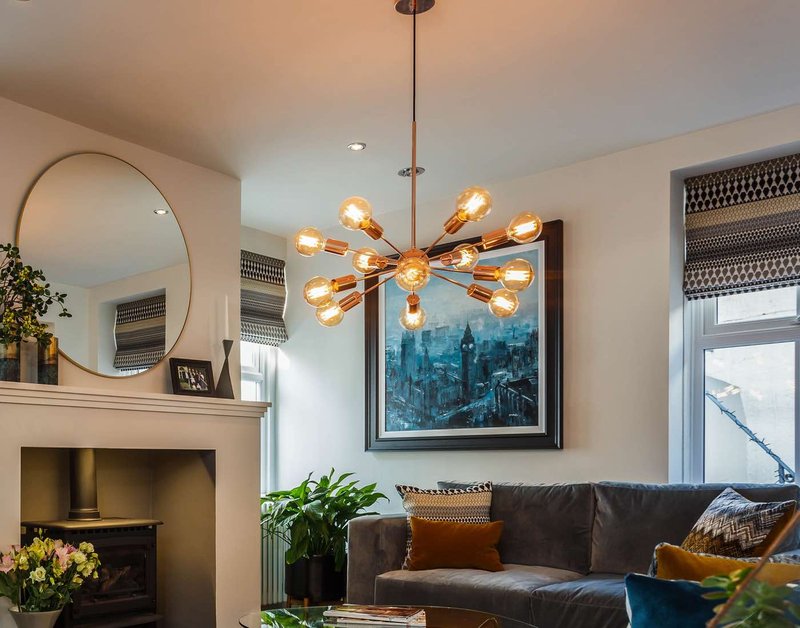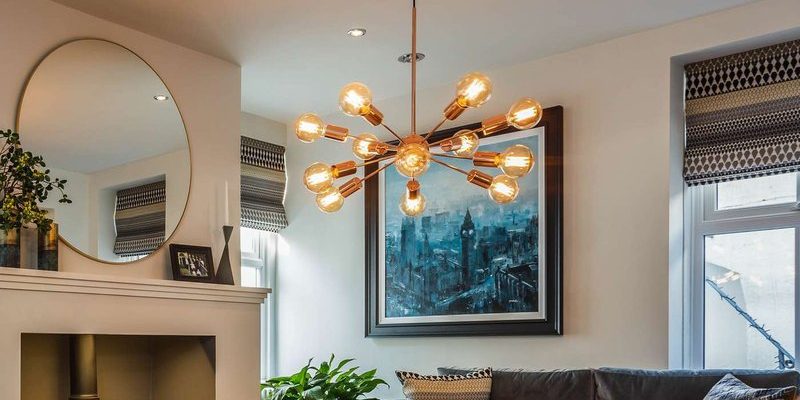
So, why is lighting so essential? Well, each creature in your tank has specific needs when it comes to light. Some need bright, direct light, while others prefer shadier spots. Finding that sweet spot can be the difference between a thriving reef aquarium and one that’s struggling. Whether you’re considering LED lights or fluorescent options, understanding each type of lighting and its effects will help you create a vibrant underwater world.
In this guide, let’s explore how to choose the right lighting for your saltwater fish and corals. You’ll get to know the different types of light, how to position them, and what your aquatic buddies really need to flourish.
Understanding Light Spectrum
The first thing you need to know about aquarium lighting is the light spectrum. Imagine light as a rainbow, with different colors representing different wavelengths. In saltwater tanks, fish and corals are especially sensitive to certain wavelengths. This is because they use light not just to see, but also for processes like photosynthesis.
Corals, for instance, contain zooxanthellae, tiny algae that live in their tissues. These algae rely on specific wavelengths of light to perform photosynthesis—a bit like how plants need sunlight. The main colors of light are blue and red. Blue light promotes growth, while red light helps with reproduction. It’s a delicate balance, but having a good mix is key to creating a healthy environment.
When choosing lighting, consider fixtures that offer a full spectrum. This means they emit a range of wavelengths, mimicking natural sunlight. Not only do your corals and fish thrive under it, but your tank will also look spectacular!
Types of Aquarium Lighting
There are several types of lighting available for saltwater aquariums, each with its pros and cons. Here’s a quick breakdown:
- LED Lights: These are the most popular choice these days. They’re energy-efficient and long-lasting, and you can often adjust their intensity and spectrum. Plus, they come in various colors, allowing you to create a stunning visual effect.
- Fluorescent Lights: These were once the go-to for aquariums. They provide a decent spectrum and are relatively affordable. However, they may not last as long as LEDs and can produce more heat.
- Metal Halide Lights: If you’ve got a large tank, metal halide lights can be powerful. They produce intense light and are excellent for deep tanks. But they consume a lot of energy and generate quite a bit of heat, which can lead to high electricity bills.
- Halogen Lights: While they can provide a warm glow, halogen lights can also heat up the tank significantly. They’re generally not recommended for saltwater setups.
When picking a light type, think about your tank size, budget, and the specific needs of your fish and corals. You might find that mixing different types can also create a more balanced environment.
How to Position Lights for Optimal Growth
Once you’ve chosen the right type of lighting, the next step is positioning them correctly. Here’s the thing: not all areas of your tank receive the same amount of light. Some corals, like *SPS* (small polyp stony corals), need more intense lighting. In contrast, others, like *LPS* (large polyp stony corals) or soft corals, can thrive in lower light.
A good rule of thumb is to place brighter lights toward the top of the tank and dimmer ones lower down. You can also use reflectors to enhance light distribution. Positioning your lights about 6 to 12 inches above the tank is generally a safe bet. Be sure to monitor how your corals respond; if they seem to be stretching for light, they might need more!
Also, keep in mind that changing the height or angle of your lighting can change how light reaches different parts of your tank. Regularly observe your corals and fish. If things aren’t looking quite right, don’t hesitate to tweak it!
Lighting Duration and Photoperiods
It’s not just about the type and position of the light; the duration of light exposure is crucial too. Think of it like this: if you leave the lights on all the time, it’s like having the sun blazing down without a break. In a natural habitat, fish and corals experience a cycle of light and dark, and they rely on this for a healthy lifestyle.
Typically, a photoperiod of about 10 to 12 hours of light each day is ideal. Some coral species might need shorter or longer periods, but this is a great starting point. You can use timers to automate the lighting schedule, ensuring your tank mimics the natural day/night cycle.
And here’s a tip: gradually adjust lighting if you’re making changes. Sudden shifts can stress out your aquatic life, causing them to react negatively or even bleach if the light is too intense.
Choosing the Right Intensity
The intensity of your aquarium lights can make or break your coral health. This relates to how strong or powerful the light is in terms of intensity. Too much intensity can cause bleaching in corals, where they lose their color and become unhealthy. Conversely, too little can stunt their growth.
To determine the correct intensity, consider the specific needs of your corals and fish. For instance, *SPS* corals tend to thrive under higher light intensity, while soft corals often prefer a more subdued light environment. You can adjust the intensity of some LED systems, allowing you to experiment until you find the sweet spot.
Another tip is to use a PAR meter (Photosynthetically Active Radiation) to measure the light intensity in your tank. This handy tool can help you gauge how much light your corals are actually receiving, making it easier to adjust accordingly.
Maintaining Your Aquarium Lights
Like anything else, aquarium lights require maintenance to work optimally. Dust and debris can collect on light fixtures, reducing their effectiveness, so regular cleaning is essential.
For LED lights, gently wipe them down with a soft cloth to remove any buildup. For fluorescent and metal halide lights, replacing bulbs periodically will help maintain brightness. Depending on usage, you might need to change them every 6 to 12 months.
Also, keep an eye on heat levels in your tank. If lights are getting too hot, consider adding a fan or raising the fixture. Overheating can impact water temperature and overall tank health—definitely something you want to avoid!
In summary, lighting is a vital aspect of creating a successful saltwater aquarium. By understanding light spectrum, choosing the right type of fixture, positioning your lights correctly, and maintaining them, you can ensure that your fish and corals thrive.
As you dive into this exciting hobby, remember that patience is key. It might take a bit of trial and error to find what works best for your aquatic friends. But with the right lighting in place, you’re well on your way to creating a beautiful underwater paradise. Happy fishkeeping!

